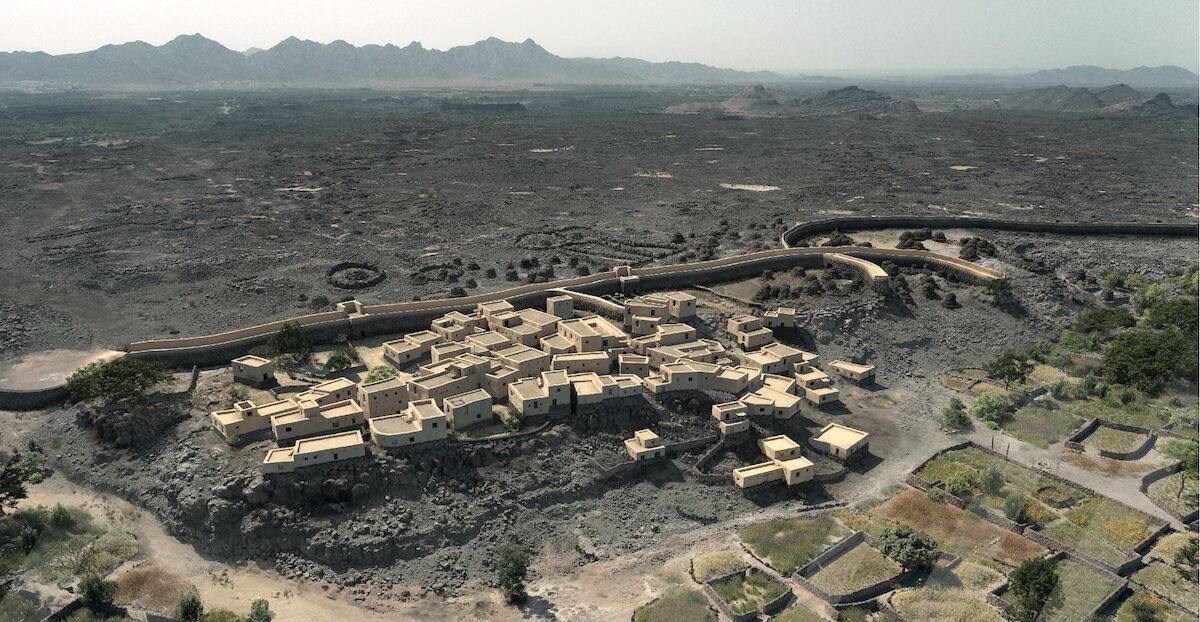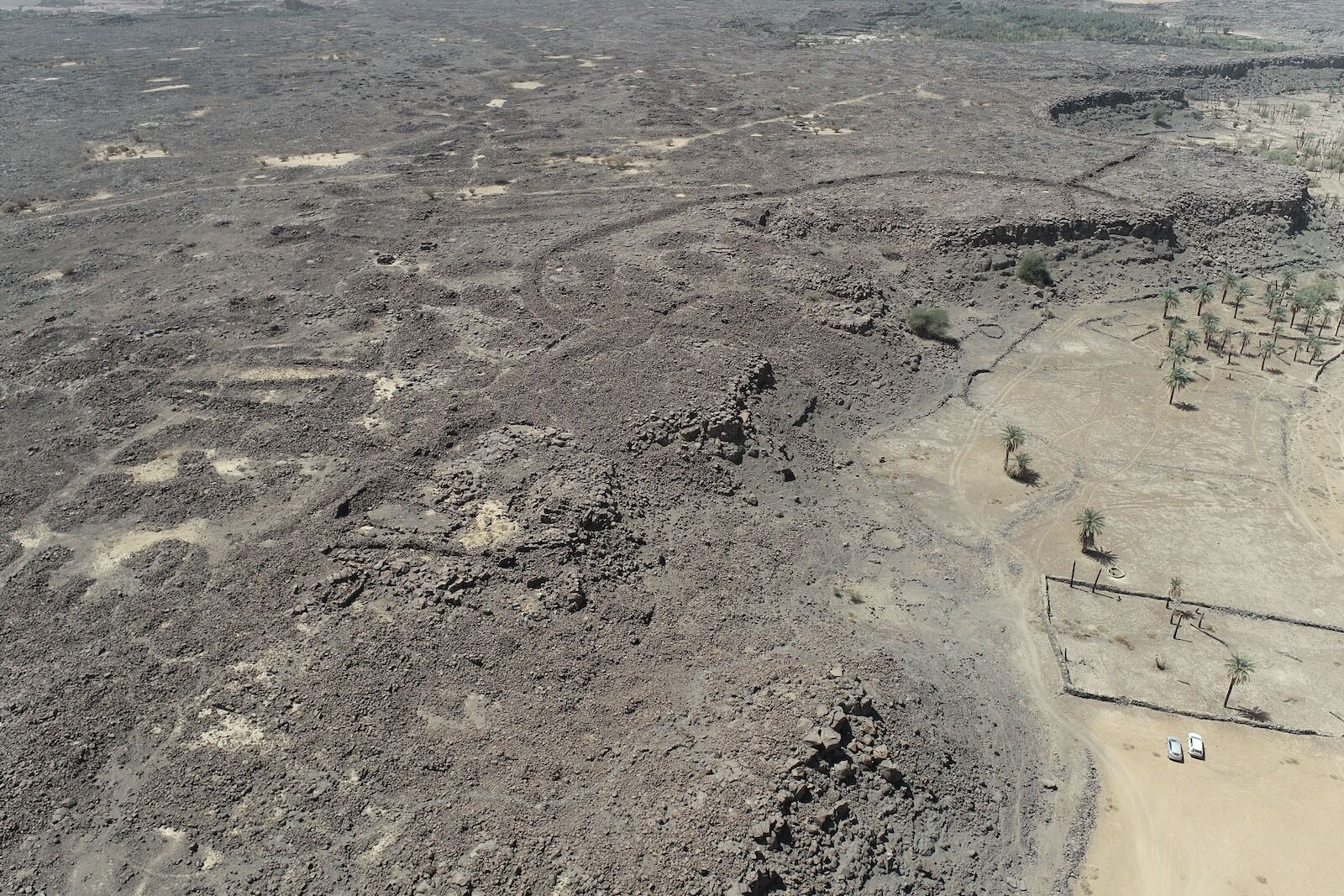Archeologists Just Found a 4,000-Year-Old Town in Saudi Arabia


You’d think that a 6.4-acre fortified town, even one located in the middle of the desert, wouldn’t go unnoticed. Yet, al-Natah, a 4,000 year-old town that used to be populated by 500 people, was just unearth by archeologists in Saudi Arabia’s Khaybar Oasis.
The discovery of the Bronze Age town of al-Natah was recently published in the peer-reviewed journal PLOS One. According to the research article, the archeologists determined that al-Natah was built around 2400–2000 BCE and lasted until at least 1500 BCE.

A 3D virtual reconstruction of the Bronze Age town of al-Natah. Photo: Khaybar LDAP (CNRS-AFALULA-RCU). Photo: Khaybar LDAP (CNRS-AFALULA-RCU)
The town, fortified by a wide rampart, was seemingly divided into two zones: one meant for residential homes linked by narrow streets, and a central area (“a probable decision-making zone,” says the paper). The central area also contained a cemetery (“necropolis”) consisting of unusual tall, circular tombs with exterior stepped walls.
al-Natah, considered “exceptional” by the archeologists who discovered it, confirms that oases such as the one at Khaybar, were the sites of permanent, sedentary settlements in the second half of the third millennium BCE, a change from the previous nomadic lifestyle that dominated the region.

The residential portion of al-Natah. Photo: Khaybar LDAP (CNRS-AFALULA-RCU)
Within the ruins of the town, archeologists found evidence of locally produced pottery and metalwork, as well as grinding tools, animal bones, and beads. Those findings prove an earlier-than-previously-thought urbanization of the area, and analysis might also help scientists learn more about the lifestyle and habits of the people of al-Natah, including what they ate, what animals they raised, how they farmed, and more.
Currently, the most well-known archeological site in Saudi Arabia is UNESCO-listed Hegra (also known as Mada’in Saleh). Hegra consists of the 2,000-year-old remains of a Nabatean city that became a necropolis. The site is home to 111 rock-cut tombs that look very similar to Petra in Jordan.

More like this
TravelHow to Get a Visa to Visit Saudi Arabia and What to Do Once You Get There
Source: View source

